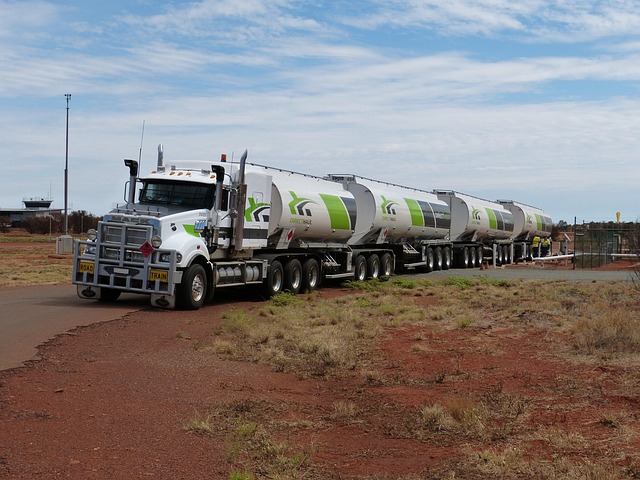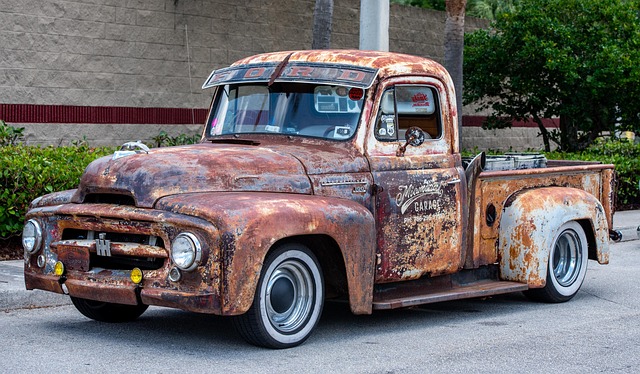Register Car California: Step-by-Step Guide to DMV Vin Verification
Learn how to register your car in California with our comprehensive guide. From understanding essential requirements to securing your vehicle’s unique identification number (VIN) through a DMV verific…….

Learn how to register your car in California with our comprehensive guide. From understanding essential requirements to securing your vehicle’s unique identification number (VIN) through a DMV verification process, we’ll walk you through each step. Gather all necessary documents, ensure your VIN is valid, complete the application, and pay fees. Receive your official registration papers and hit the road legally. Optimize your search with keywords like ‘dmv vin verification’ for an efficient car registration experience.
- Understand California Car Registration Requirements
- Gather Necessary Documents for DMV Visit
- Perform VIN Verification: Step-by-Step Guide
- Complete Application and Pay Registration Fees
- Receive Your Vehicle Registration Documents
Understand California Car Registration Requirements

Before registering your car in California, it’s crucial to understand the state’s specific requirements. The California Department of Motor Vehicles (DMV) mandates several key steps for car registration, including a thorough vehicle inspection and validation of the vehicle identification number (VIN). This process ensures that all vehicles on California roads meet safety and environmental standards.
One essential aspect is the DMV VIN verification, which involves checking the accuracy of your vehicle’s VIN through a reliable mobile vin verifier or conducting a mobile vin inspection. This step is vital to prevent fraud and ensure that the car you’re registering is legitimate and not reported as stolen. A simple and convenient mobile vin verification service can expedite this process, making it easier for both new and existing California vehicle owners.
Gather Necessary Documents for DMV Visit

Before visiting your local California DMV (Department of Motor Vehicles) office, make sure you gather all the essential documents required for car registration and a dmv vin verification. This process is crucial to ensure a smooth and efficient transaction. Collect items such as your vehicle’s title, proof of insurance, and identification documents like a valid driver’s license or state-issued ID card. Additionally, you’ll need to present evidence of residency in California, which could include utility bills or lease agreements.
A mobile vin verification or mobile vin inspection can be particularly useful if you’re unsure about any of the required paperwork. Many professional services offer mobile vin verifiers that can provide instant and accurate vehicle history reports. This way, you can double-check your car’s details before heading to the DMV, saving time and potential trips back.
Perform VIN Verification: Step-by-Step Guide

Performing a Vehicle Identification Number (VIN) verification is a crucial step in the car registration process in California. This step ensures that your vehicle’s history and specifications match the information provided by the manufacturer. The Department of Motor Vehicles (DMV) requires this inspection to ensure the accuracy of vehicle records, which helps in preventing fraud and ensuring road safety.
Here’s a simple, step-by-step guide on how to conduct a DMV VIN verification:
1. Locate the VIN: Find the Vehicle Identification Number, usually located on the driver’s side of the dashboard or inside the door jamb. It’s a 17-character code that includes letters and numbers.
2. Access a VIN Inspection Tool: You can use an official DMV online tool to check the VIN or opt for a mobile vin inspection service. These services provide accurate, real-time data on vehicle history.
3. Enter the VIN: Type in the 17-character code into the chosen tool. It will then cross-reference the information with national databases to reveal details like the manufacturer, model year, and optional features.
4. Review Results: Check for any discrepancies between the reported data and your vehicle’s actual condition. If everything matches up, you can proceed with the registration process. Otherwise, address any issues before attempting registration.
Complete Application and Pay Registration Fees

After gathering all the necessary documents, it’s time to complete the registration process at the California DMV (Department of Motor Vehicles). You’ll need to fill out Form MV-5, which is the Application for Title and Registration. This form requires detailed information about your vehicle, including its make, model, year, and unique Vehicle Identification Number (VIN). It’s crucial to ensure the VIN is accurate, especially during the dmv vin verification process, as it confirms ownership and vehicle history.
Once the application is complete, you’ll need to pay the registration fees. These fees vary based on your vehicle type and age, so be sure to check the current rates on the DMV website. You can typically pay using a credit card or cash, and some locations may also accept debit cards. After successful vin inspection (conducted by either a mobile vin verifier or at a DMV office), your registration will be processed, and you’ll receive your new plates and vehicle registration documents in the mail.
Receive Your Vehicle Registration Documents

After submitting your application, you’ll receive your vehicle registration documents from the DMV. This typically includes a registration card and a temporary license plate if applicable. It’s crucial to keep these on hand during the registration process as they serve as official proof of ownership and authorization to operate your vehicle on California roads.
One key step before finalizing registration is undergoing a DMV VIN verification, which involves checking the vehicle’s unique identifier (VIN) against their records. You can do this through traditional methods or consider using a mobile VIN verifier for added convenience. This inspection ensures that details like the vehicle’s make, model, and year match the information provided in your application, streamlining the registration process.
Registering a car in California involves understanding key requirements, gathering essential documents, and successfully completing the DMV VIN verification process. By following these steps—from preparing necessary paperwork to paying registration fees—you’ll be on your way to securing your vehicle’s official registration. Remember, accurate and complete information is crucial for a seamless experience at the DMV, ensuring you can hit the road legally and with peace of mind.







